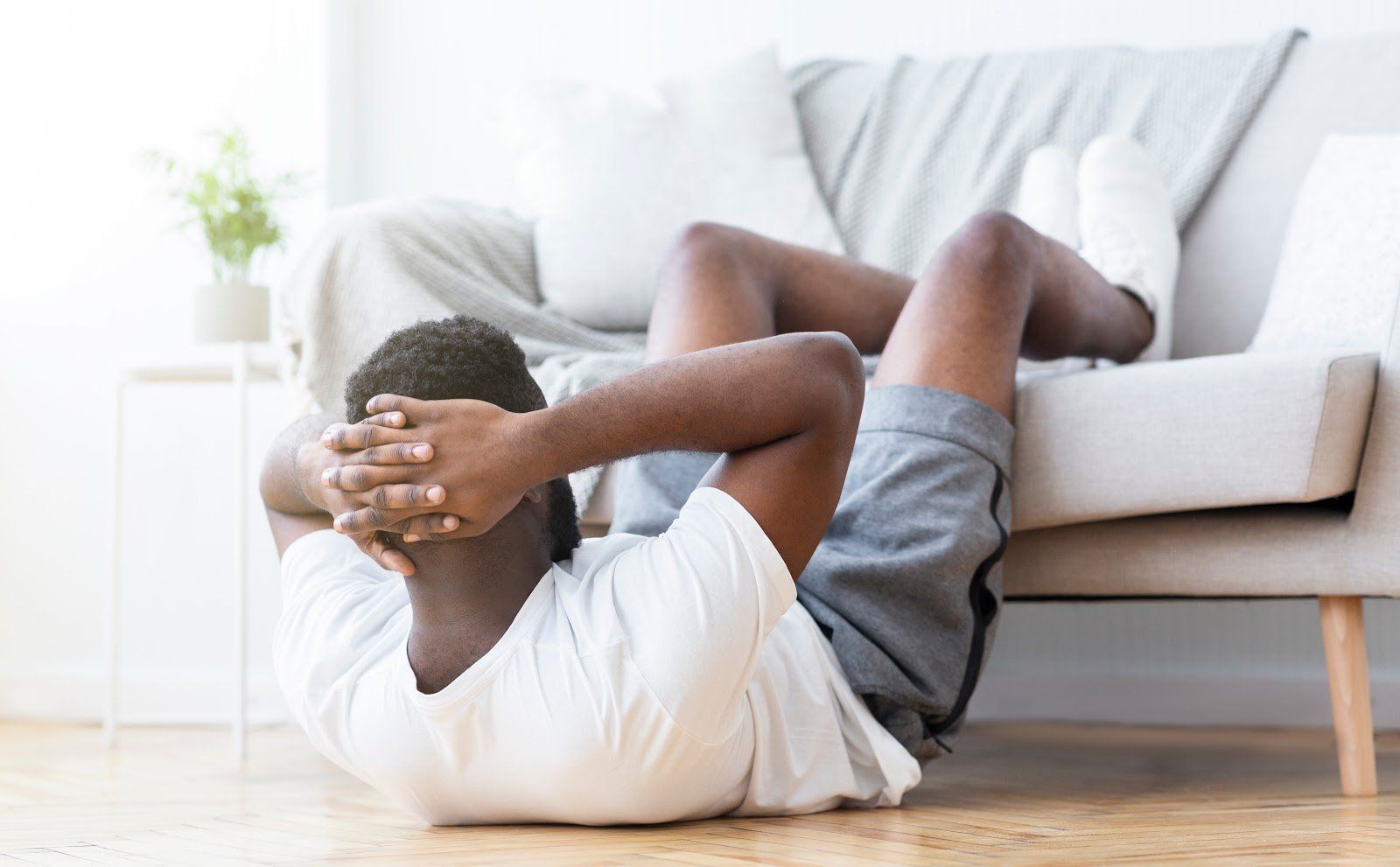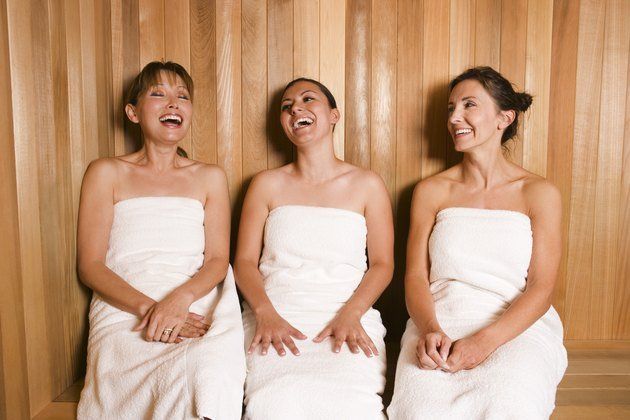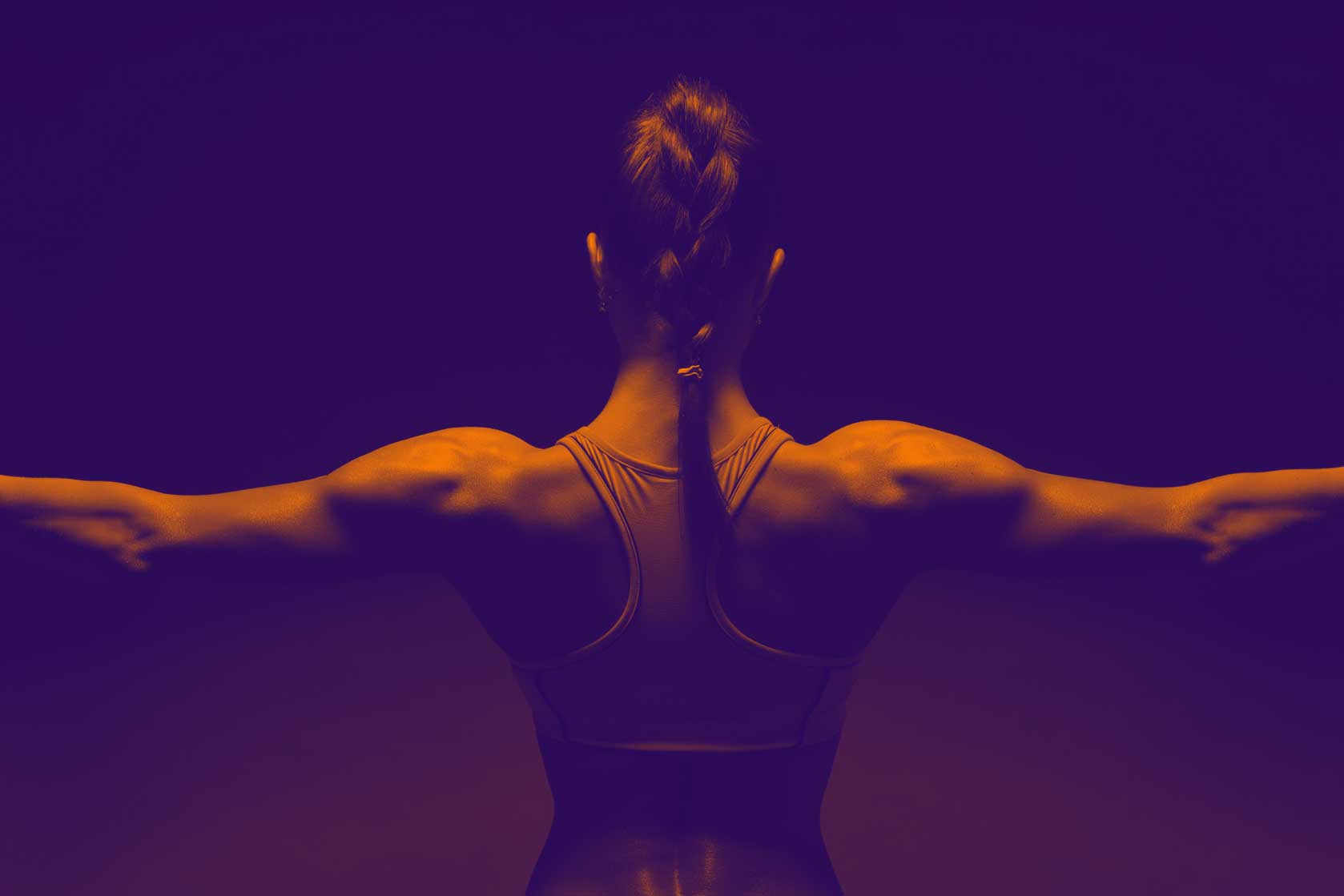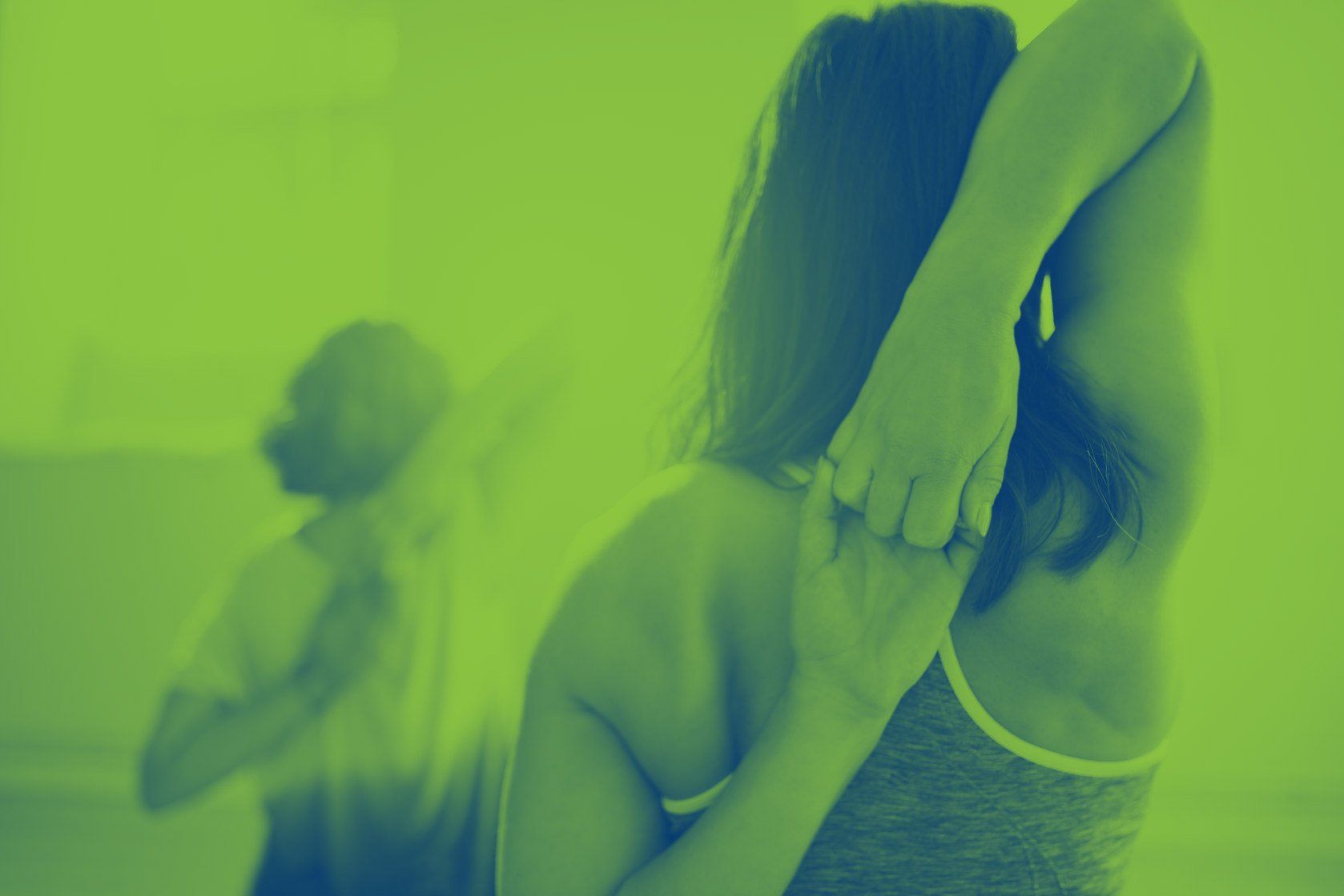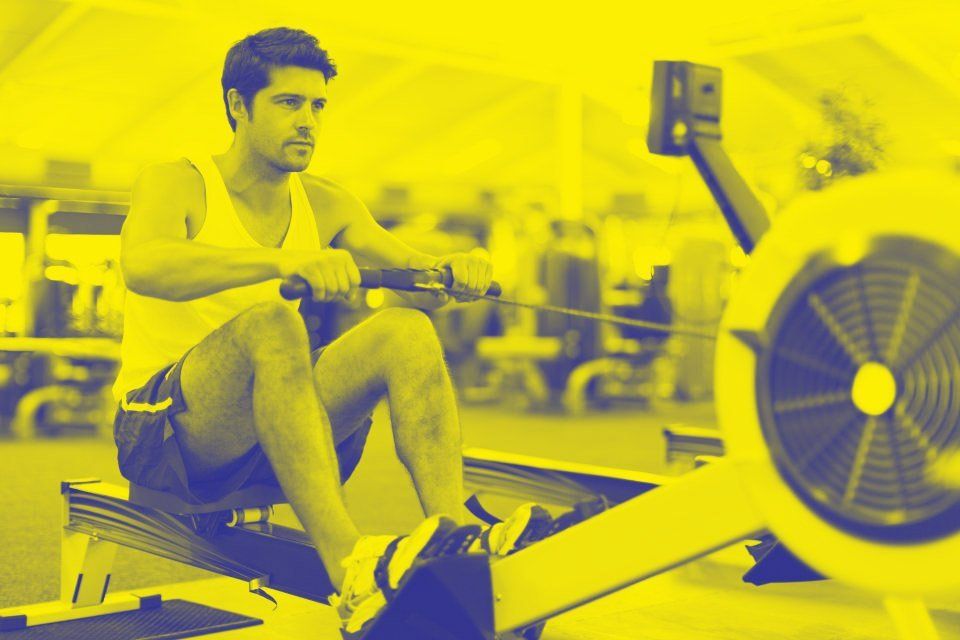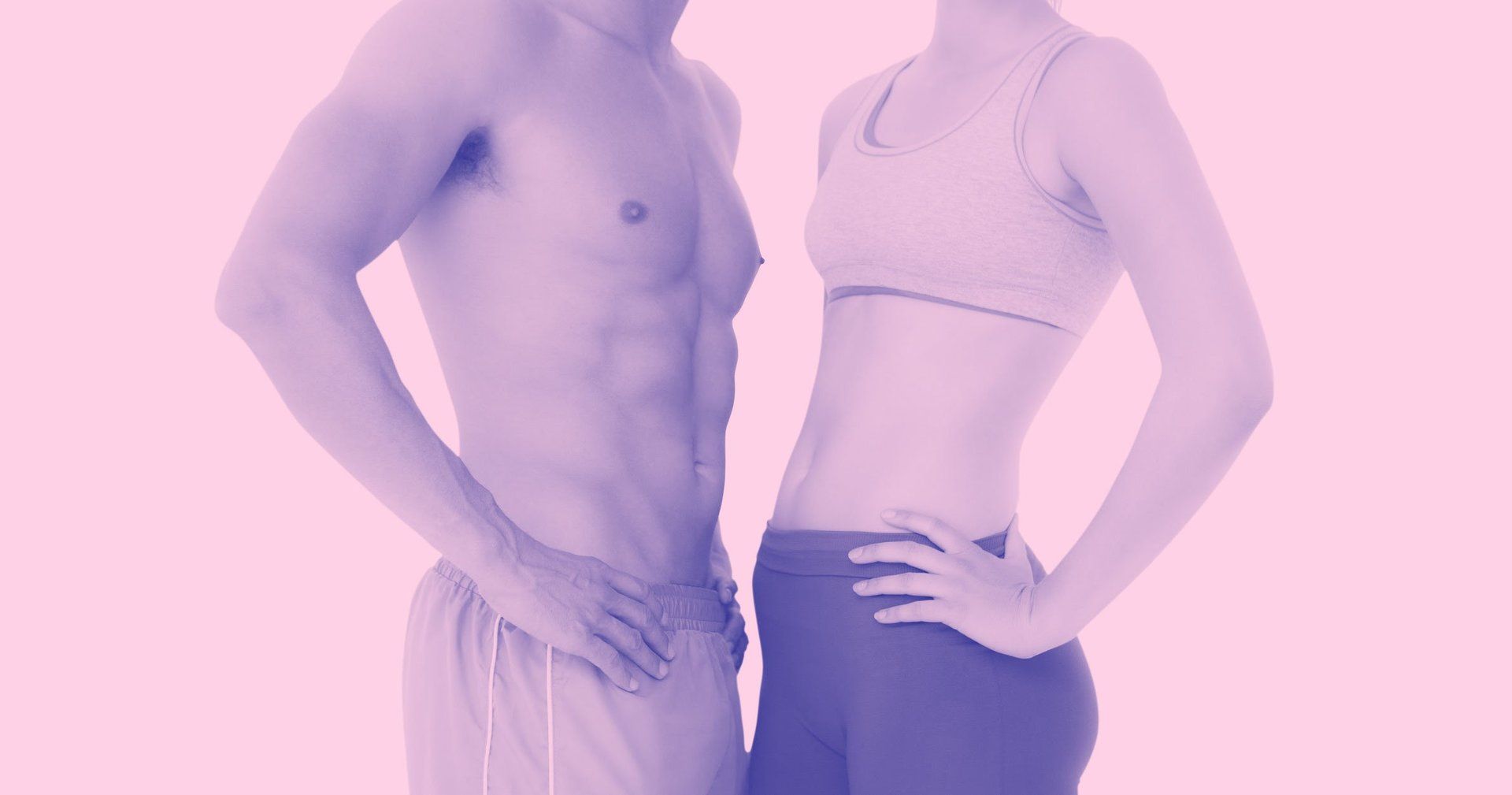How to Choose Exercise Shoes
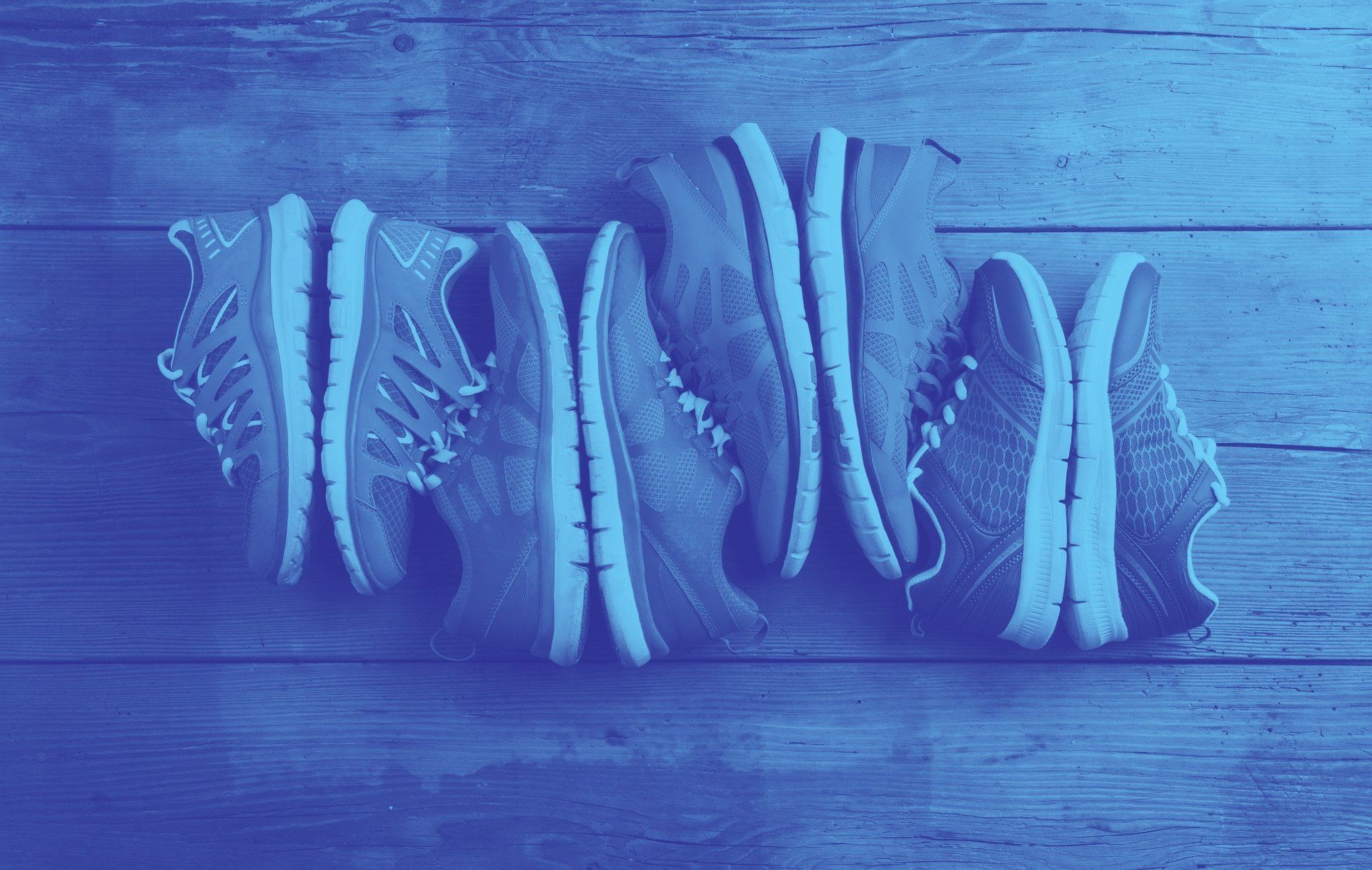
Fit to Keep You Moving
Choosing the right exercise shoe is one of the most important investments you can make and may be the single best insurance you can buy to reduce your chance of injury. Wearing the wrong shoe can land you on the couch nursing sore knees or aching feet. Here are some tips to help you make an educated choice.
Know Your Feet
Generally speaking, your feet will fall into one of three categories: Neutral arched feet, low-arched feet, or high-arched feet. To determine the shape of your feet do this easy test: Wet your foot and step on a brown piece of paper. If your footprint shows the entire sole of your foot with little to no curve on the inside, you have low arches. If your footprint shows only a portion of your forefoot and heal with a narrow connection between the two, you have high arches.
Tip: If you find an athletic shoe that does not support your arched properly, purchase insoles that specifically accommodate your feet. These are available for about $25 and are sold in stores that sell exercise shoes.
Choose Your Activity
Shoes are designed for specific activities. For example, running shoes are sport-specific, designed for running forward, have a lot of flexibility or bendability, but do not support the foot in side to side movements. Cross trainers can be used for a wide range of activities, are relatively stiff, and offer excellent support for the foot with side to side movements. The stiffness reduces the flexibility of the shoe across the toe box which makes it harder for the shoe to bend when running. Court shoes are specifically designed for tennis, basketball, and so forth, and give a combination of flexibility and sideways support. Fitness shoes are designed for group fitness classes, and combine flexibility with support. They also incorporate cushioning to lessen the shock-effect that comes with jumping.
Tip: Buy a shoe designed for the type of activity you are planning to do.
Have Your Feet Measured
Our feet change as we age, so always have your feet measured at the store before buying a shoe. Don’t assume you know your shoe size. Sizes can vary between brands, so you might be a size 8 in one brand, and a size 8.5 in another. A properly fitted shoe should feel snug on your foot and immediately be comfortable.
Tip: Your feet swell over the course of the day, and expand while you run or walk. Go shopping in the afternoon to be sure you get the best fit for both length and width. Make sure you measure both your feet.
Bring Your Own Socks
Bring a variety of socks with you that you can plan to use when exercising. It’s important to find the right shoe fit with the socks you will actually wear. Additionally, if you wear orthotics, bring those too, as the shoes need to fit those inside.
Tip: Bring both thick and thin socks to see which ones fit best in the shoe. Once you have your sock of choice, consider purchasing a few pairs with the same thickness.
Use Your Thumb
You need about 3/8 – ½ inch between the front of your big toe and the end of the shoe, or about a thumb’s width. You should be able to freely wiggle all of your toes when the shoe is on. Be sure your heel does not slip out when you walk.
Tip: Walk or run around the store to be sure your shoes fit comfortably. There’s no such thing as “breaking in” shoes. They should be comfortable right away.
